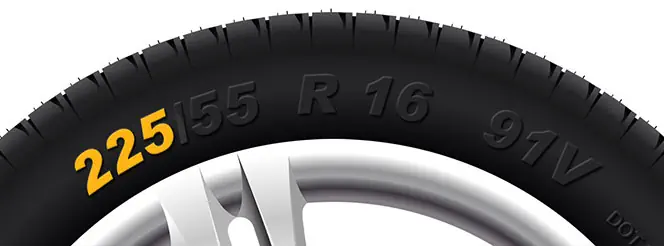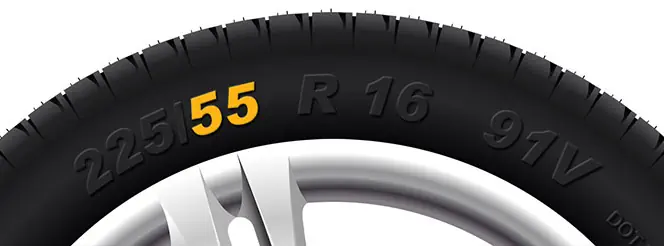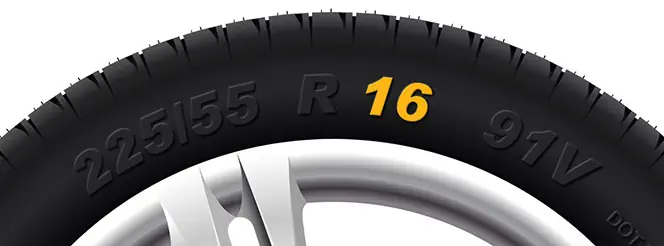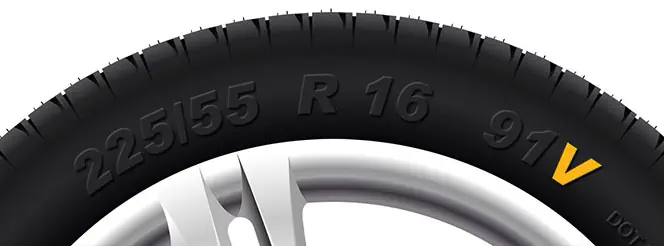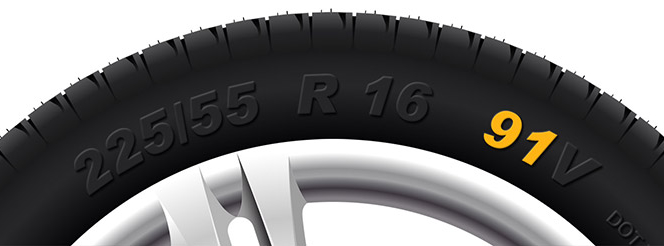Top Tips for Safe Night Cycling
Jack Dreyer | Thursday 26th September 2024 8:00am
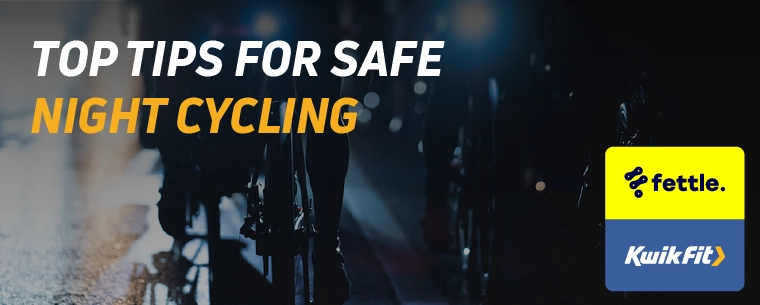
Long, dark, winter nights are fast approaching - we know, itís pretty depressing. For people who need to walk their dogs, or get to work without a car, dark nights can feel like a challenge, particularly when it comes to staying safe. But fortunately there are a whole range of things that you can do to help protect yourself when youíre out and about on a dark evening.
For cyclists in particular, winter can present a lot of challenges - from wet, slippery floors to a significant decrease in visibility. The most important thing is to be prepared. Whether youíre on quiet lanes or busy city centre roads, check out our top tips to feeling safe on your bike during the dark winter evenings.
Make use of lights
One of the most important things to have when cycling at night is lights. In fact, itís the law in the UK to have working lights fixed to your bike during the hours of darkness.
According to the governmentís legislative requirements, any cycle which is used between sunset and sunrise must be fitted with the following:
- white front light
- red rear light
- red rear reflector
- amber/yellow pedal reflectors Ė front and rear on each pedal
With your front light, ensure that itís bright enough to illuminate the road ahead, allowing you to spot any obstructions or potholes. If youíre likely to be cycling on darker roads, then prioritise quality, bright lights. For a little extra visibility, adding a small light to your helmet can make it even easier for you to see and be seen, especially when turning your head at an intersection, or checking your surroundings.
Wear reflective gear
To help boost your visibility in conjunction with your bike lights, reflective clothing is essential. Jackets, vests, backpack covers or ankle bands with reflective strips can help to increase your visibility from all angles, and often are lightweight and waterproof so you can still be comfortable. You can also add reflective stickers and bands to the bike itself, such as on the frame, pedals, and wheel spokes, to make you as noticeable as possible to other road users.
Adjust your speed
In areas of low visibility, or where youíre not entirely familiar with the road surface or direction youíre heading in, itís always better to slow down. A slower speed will give you more time to assess whatís going on around you, and react in a calm and composed manner. For example, youíll have more time to spot road signs, avoid a pothole youíve come across, or stop to avoid some debris in the road - all without putting yourself at risk, such as by veering towards potential traffic.
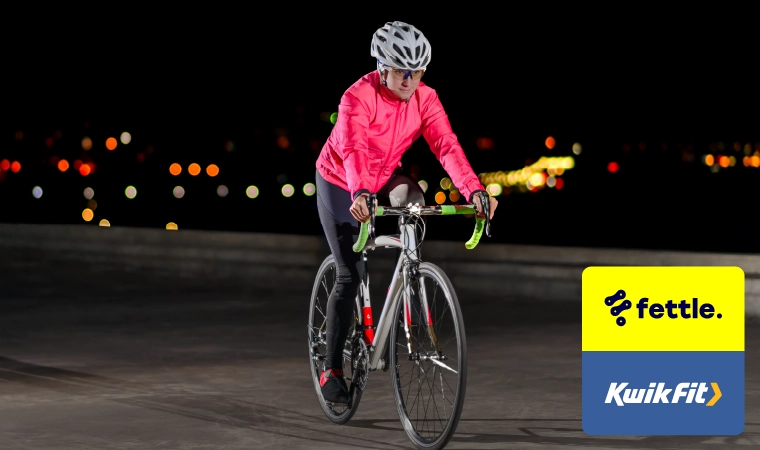
Stay visible
As with lighting and reflective clothing, the goal for cyclists at night is to ensure that theyíre as visible as possible. The way you ride can also help to boost this. A good idea can be to ride further out from the curb than normal, to help make sure drivers see you - particularly around high risk areas, such as narrow bends or when emerging from junctions.
Junctions and intersections can prove to be particularly risky, so if you encounter a few of those on your nighttime route then ensure youíre positioning yourself out of any nearby carsí blind spots. If your lights have a flashing mode then enabling this around junctions can help to ensure other drivers notice you, and can therefore adjust their path accordingly.
Plan your route
If youíre cycling at night, knowing where youíre going can be really helpful. Ensure you know the route youíre going to take well, and that you have chosen well-lit roads where possible. For example, if you cycle to work in the daylight, but cycle home at night, it might be a good idea to choose a different route home in order to prioritise wider, lighter roads.
Itís also a good idea to let people know where you are when youíre cycling in the dark. If you have an incident or a mechanical issue, you may find the roads are quieter at night, so having a well charged phone - and giving people an update on where youíre heading pre-ride - can help make it easier for people to offer support if needed. Donít forget to let people know when you arrive at your destination, too.
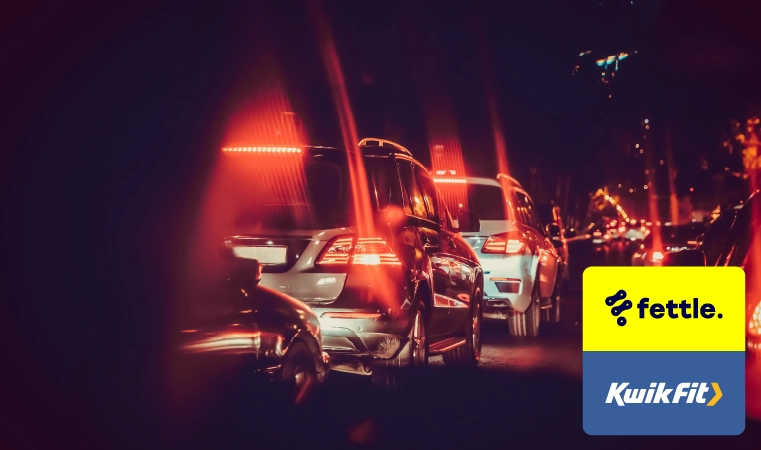
Ensure your bike is well maintained
Ensure your bike is well maintained When riding at night, the last thing you want to have to deal with is a mechanical issue, and the best way to prevent those is by keeping your bike well maintained. Ensure your brakes, tyres, and lights are in perfect working order every time you ride, doing regular Ďwalk aroundsí to make sure no small issues have arisen. Not confident in how to check your bikeís in good condition? Head to one of our Fettle-partnered centres for a free bike check, with no obligation for repairs or servicing.
Itís undeniable that night-time rides can be more dangerous for cyclists, but a well-maintained bike reduces the risk of accidents - and gives you peace of mind to focus on the road ahead.
Any facts, figures and prices shown in our blog articles are correct at time of publication.
Featured Articles
Is it Illegal to Drive With One Headlight?
Saturday 19th July 2025
Wondering if itís illegal to drive with one headlight? Learn about the safety risks and penalties of illegal blown bulbs and why you should fix them promptly.
Air Con in EVs & Hybrids: Experts Answer Your Questions
Monday 30th June 2025
Does air con drain EV batteries? Can you use the air con while charging an electric car? Find out the answers to these questions & more from Kwik Fitís experts.
Why Is Your Car Making a Noise? Fixes & Tips
Friday 13th June 2025
When your car starts making unexpected noises, it can certainly be quite disconcerting; it may be nothing to worry about, but hereís what you need to know.





